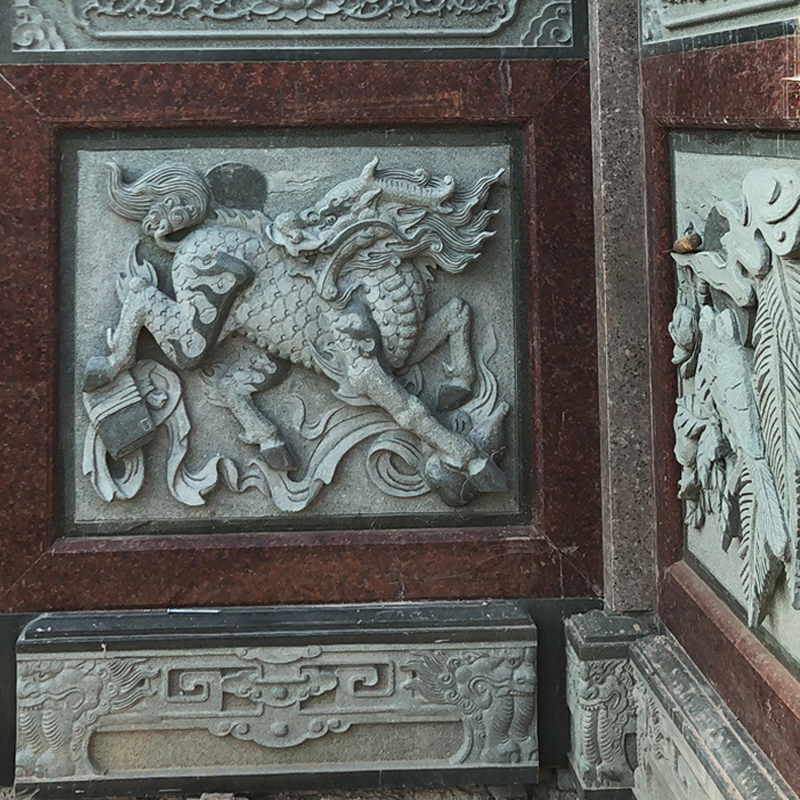Marble Sculpting is a relatively complex comprehensive system. Its formation includes many factors, and the relationship between various factors is intricate. Marble sculpture is a changing environmental form dominated by various factors or a combination of several factors. The public landscape presents complexity and wide content, from which we can find some potential laws. Here we try to find some connections between the landscape environment and stone sculpture from these laws, so as to better understand Marble Sculpting.

1. Coordination of theme and content
There is usually a harmonious and unified connection between the theme and content of the landscape environment and marble sculpture. This connection has unified values and shared ideals, cultural norms, cognitive language. As a part of landscape
stone carving, Marble Sculpting cannot be separated from the theme of the environment, otherwise, its establishment in the environment will be questioned. This kind of questioning is determined by the consciousness of the public group, which is directly affected by the cultural background and values.
2. The coordination of formal beauty
1. Master-slave and center of gravity
The elements that make up the landscape environment are mainly green plants, stone sculpture, buildings, water bodies, roads, facilities, etc. Each element shows a different mass relationship and location according to the different content and form of the landscape environment, thus achieving a coordinated and unified whole. In an organic whole, each component should be treated differently. They should not only have the distinction between the master and the slave, but also the difference between the center of gravity and the general, and the difference between the core and the periphery. Clarify the theme content and expected effect of the environment, and then achieve the target effect through the arrangement of various factors. In this way, there is an overall consideration of the weight of Marble Sculpting in the environment, avoiding the unity and coordination of the overall landscape caused by the sharpness or slightness of the stone sculpture themselves.
2. Balance and coordination
Coordination refers to a kind of harmony achieved on the basis of balance, in which all components are properly coordinated in a harmonious and silent environment. Equilibrium has two basic forms, dynamic and static. The so-called static balance is a relatively stable balance relationship in the landscape environment composed of composition, space volume, color matching, materials, etc. The balance comes from the aesthetic balance and sense of stability.
3. Proportion and scale
Whether it is the landscape environment or the marble sculpture, it is necessary to pay attention to whether the proportional relationship is harmonious, and the harmonious proportion can meet the needs of aesthetics. Proportion is influenced by cultural, aesthetic, material, structural, functional and other factors. The golden section method that people often say sometimes cannot solve all the proportional problems in the real world. It should solve the actual situation according to different cultural backgrounds, aesthetic standards, and application themes.
3. Coordination of style and artistic expression
Style and artistic expression is a form of artistic creation, which reflects the creator's social values, cultural background, and aesthetic orientation. Style and artistic expression are affected by the times, society, culture and region, and style and artistic expression are more used in aesthetic feeling and spiritual communication.
As an art form, Marble Sculpting has different styles and artistic expressions. When Marble Sculpting enter the public landscape, they play the role of coordinating style and artistic expression. This kind of coordination is to grasp a spirit of expression, which echoes the style and artistic expression of the environmental landscape.



